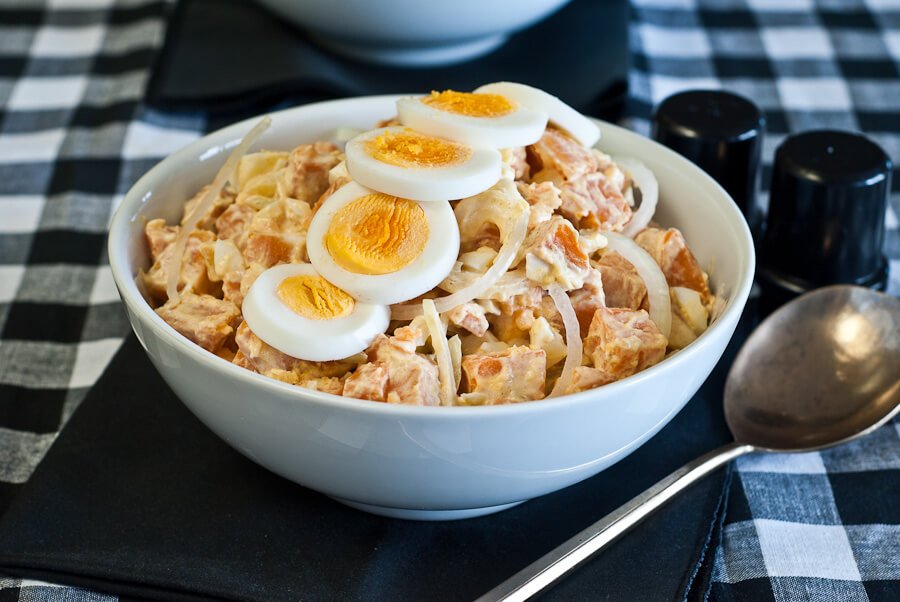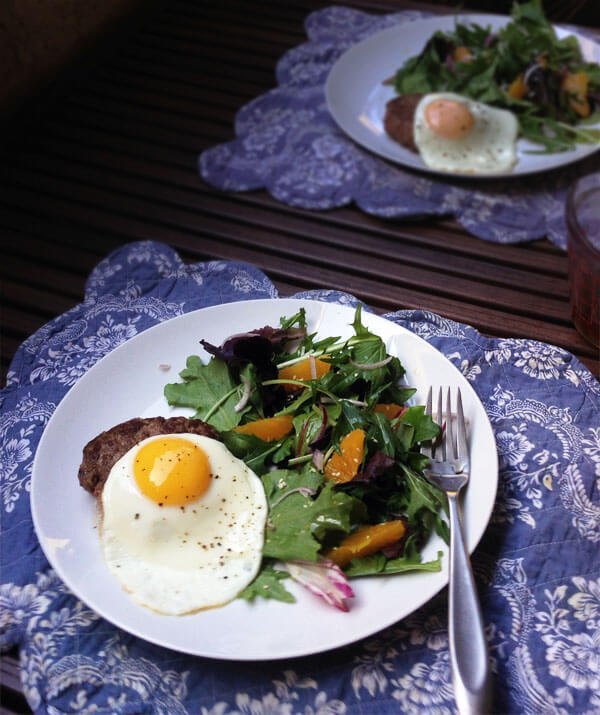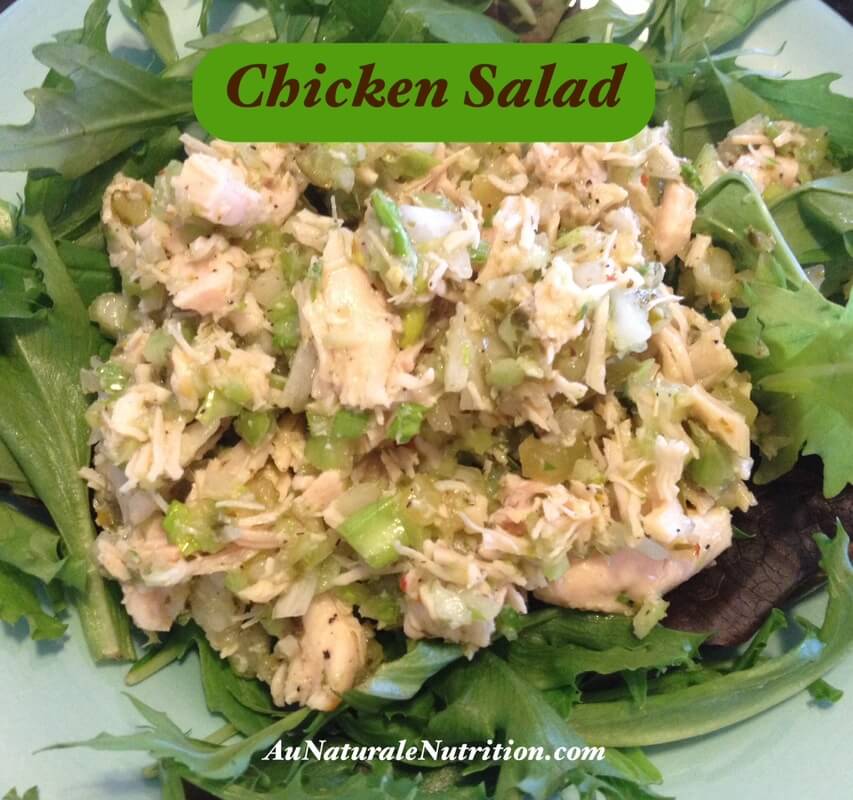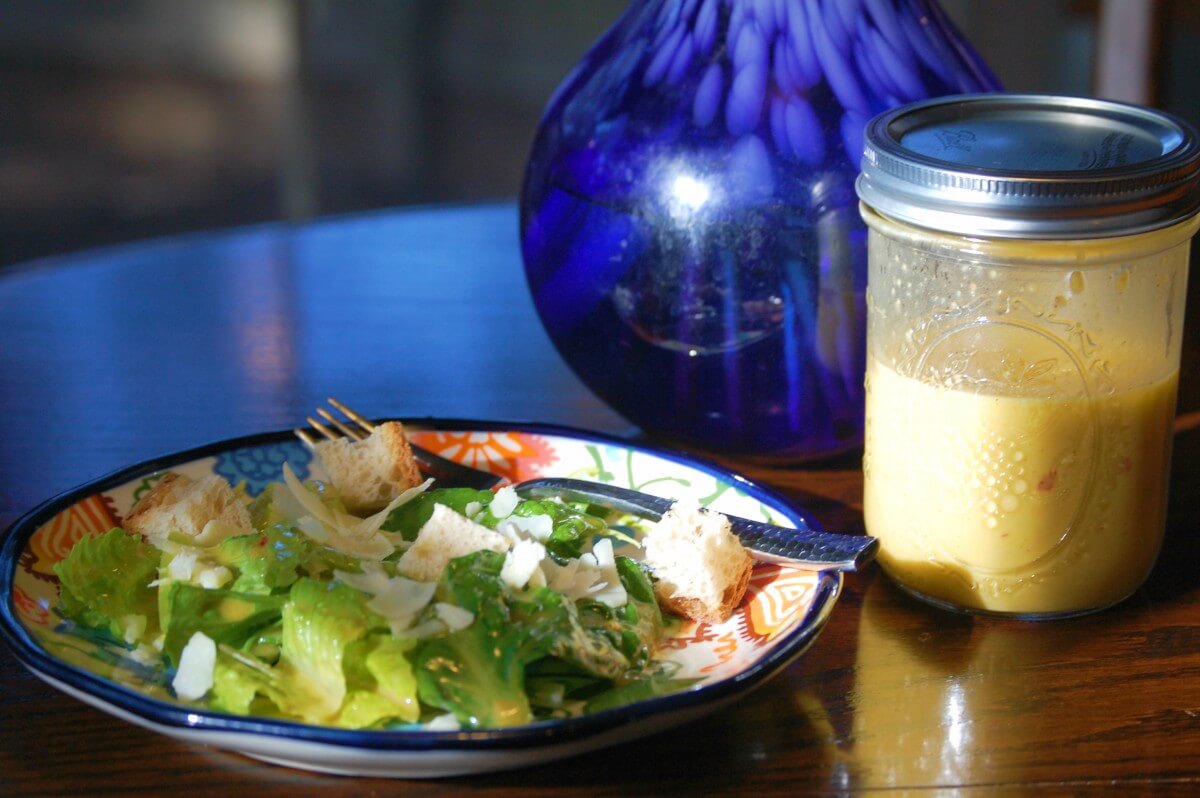
As we fire up our grills for steak, chicken, and vegetables, and pour ourselves tall glasses of iced peach and lavender tea, I can’t help but think about my grandma’s summer cookout spread. Deviled eggs and green beans cooked with bacon grace the table, but the real star of the show is always her potato salad. It’s one of those recipes that, no matter how hard I tried or how closely I follows instructions, I will never be able to perfectly recreate. It’s good because it comes from grandma. So we when my husband first fell in love with her potato salad, I knew I had to find a way to make a real food version. While it’s certainly not an everyday treat, we love enjoying a good batch of resistant starch potato salad during the summer months. The creaminess of the coconut mayo with the savory bacon, crisp green onions, and tangy apple cider vinegar make for a marvelous melody in the mouth. Keep this recipe handy for your next block party!
“If you’re up on the latest in the Paleo community, then you’ve probably heard the term resistant starch flying around, and you probably have some idea of what it is. If you’re NOT up on the latest in the Paleo community, then you have no idea what I’m talking about and are reading this post because the weird title piqued your curiosity.
Either way, I’m about to 1) explain briefly what a particular category of resistant starch is and how it works; 2) refer you to an article that fully explains the concept much better than I will; and 3) leave you with an awesome kitchen hack and a recipe that you can thank me for after you sink your teeth into the deliciousness.
What is resistant starch?
Resistant starch, also known as amylose, is one of two types of starch found in green plants. It’s made up of a structure of molecules so tightly wound that it’s difficult for the enzymes in our digestive tract to break them down. They are resistant to digestion and therefore behave differently than digestible starches. There are multiple types of resistant starch, but right now we’re only going to focus on one: Retrograded Starch.
For a comprehensive explanation of ALL types of resistant starch, check out this article in PaleoMagazine.
Retrograded Starch is the type that’s created once starchy vegetables like potatoes, grains, or beans is cooked and then cooled for a 24 hour period before serving. This cooling process, either by refrigeration or freezing, actually changes the structure of the starches already in these foods and creates a more resistant variety. (source)
Why would I want to eat resistant starch?
Resistant starch is actually a lower glycemic food than your regular digestible starch. The glycemic load can be reduced by up to 25% just by cooling your cooked starchy veggie for 24 hours before eating. (source – affiliate link) Great news if you’re struggling with your blood sugar but find yourself starving without a few starchy carbs in your diet! Even better that some studies show an increased sensitivity to insulin with the consumption of resistant starch. (source)
This works beautifully for dishes like potato salad, bean salad, pasta salad, and quinoa salad — just cook your starchy veggies the day before it’s time to make the salad, and you’ll already have cold ingredients ready to go, resistant starch and all!
KITCHEN HACK BONUS
These starches remain resistant upon reheating the food. So if you want warm potatoes or rice (etc), you can still make this work in your favor if you plan ahead.”




Leave a Reply